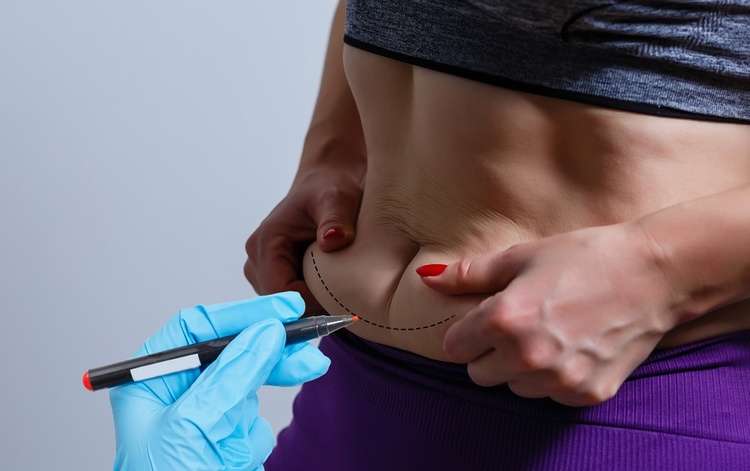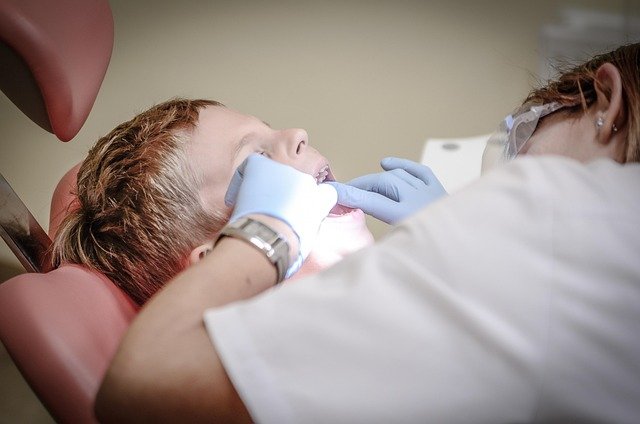Fat Removal: Technologies and Costs 2025
Fat removal has become one of the most sought-after aesthetic procedures in Canada today, with increasingly advanced technologies offering both surgical and non-invasive solutions. From traditional liposuction to modern devices that eliminate fat using ultrasound or cryotherapy, the available options have multiplied in recent years. Understanding the different techniques, their costs, and the effectiveness of each treatment is essential for anyone considering this journey.

Fat removal technologies have become increasingly sophisticated, offering solutions ranging from completely non-invasive treatments to minimally invasive procedures and traditional surgical options. As we look toward 2025, both the technology and associated costs continue to evolve, providing more options for those seeking to address stubborn fat deposits. This comprehensive guide explores current and emerging fat removal technologies, their effectiveness, and what consumers can expect to pay for these procedures in the coming year.
How Does a Fat Melting Machine Work?
Fat melting machines utilize various technologies to break down fat cells without surgical intervention. The most common technologies include radiofrequency (RF), ultrasound, cryolipolysis (fat freezing), and laser-based systems. These devices work by delivering targeted energy to adipose tissue, which either heats or freezes fat cells to the point of destruction without damaging surrounding tissues.
Radiofrequency and ultrasound devices generate heat energy that disrupts fat cell membranes, causing them to release their contents which are then naturally processed and eliminated by the body’s lymphatic system. Cryolipolysis works on the principle that fat cells are more vulnerable to cold temperatures than surrounding tissues. The controlled cooling crystallizes fat cells, triggering natural cell death (apoptosis). Laser-based systems use specific wavelengths to penetrate the skin and target fat cells directly.
Most fat melting procedures take 30-60 minutes per treatment area and require multiple sessions spaced several weeks apart for optimal results. The body gradually eliminates the damaged fat cells over 8-12 weeks following treatment, resulting in a progressive reduction in the treated area’s circumference.
Abdominal Fat Removal: Available Methods
The abdomen remains one of the most requested areas for fat removal treatments, with several approaches available depending on the amount of fat to be removed and the desired results.
Liposuction continues to be the gold standard for significant fat removal, using a cannula to physically suction out unwanted fat cells. Traditional liposuction has evolved into more refined techniques like tumescent liposuction (using a local anesthetic solution), ultrasound-assisted liposuction (UAL), and laser-assisted liposuction (SmartLipo), all of which offer improved precision and recovery times.
Non-surgical options for abdominal fat include CoolSculpting (cryolipolysis), which freezes and eliminates fat cells; SculpSure, which uses laser technology to heat and destroy fat cells; and Emsculpt Neo, which combines radiofrequency heating with high-intensity focused electromagnetic energy to simultaneously reduce fat and build muscle. Injectable fat dissolvers like Kybella (deoxycholic acid), though primarily approved for submental fat, are sometimes used off-label for small abdominal fat deposits.
Surgical options like abdominoplasty (tummy tuck) combine fat removal with skin tightening and muscle repair, making them suitable for patients with significant skin laxity or muscle separation following pregnancy or substantial weight loss.
Belly Fat Removal Cost 2025
The cost of belly fat removal procedures varies significantly based on the technology used, geographic location, provider expertise, and the extent of treatment required. As we approach 2025, several factors are influencing pricing trends in the fat removal market.
Non-surgical fat reduction methods typically range from $650 to $4,000 per treatment area. CoolSculpting costs approximately $750-$1,500 per application, with most patients requiring multiple applications. SculpSure treatments average $1,400-$2,400 per session, while Emsculpt Neo sessions typically cost $750-$1,000 each, with recommended packages of 4-6 treatments.
Surgical liposuction for the abdomen generally ranges from $3,500 to $8,000, depending on the technique used and the amount of fat removed. More advanced liposuction technologies like laser-assisted or ultrasound-assisted methods typically command premium prices. Abdominoplasty procedures range from $6,000 to $12,000, reflecting their more comprehensive approach to abdominal contouring.
| Procedure Type | Provider/Technology | Estimated Cost Range (2025) |
|---|---|---|
| Non-Surgical Fat Reduction | CoolSculpting | $750-$1,500 per application |
| Non-Surgical Fat Reduction | SculpSure | $1,400-$2,400 per session |
| Non-Surgical Fat Reduction | Emsculpt Neo | $3,000-$6,000 (package of 4-6) |
| Liposuction | Traditional Tumescent | $3,500-$5,000 |
| Liposuction | Laser-Assisted (SmartLipo) | $4,500-$8,000 |
| Surgical | Mini-Abdominoplasty | $6,000-$8,000 |
| Surgical | Full Abdominoplasty | $8,000-$12,000 |
Prices, rates, or cost estimates mentioned in this article are based on the latest available information but may change over time. Independent research is advised before making financial decisions.
Factors to Consider When Choosing Treatment
Selecting the appropriate fat removal procedure requires careful consideration of several key factors beyond just cost. Understanding these elements will help ensure the chosen treatment aligns with individual goals and circumstances.
The amount of fat to be removed is perhaps the most critical consideration. Non-surgical options typically reduce fat by 20-25% in the treated area and work best for patients within 30 pounds of their ideal weight who have isolated pockets of stubborn fat. Surgical options can remove larger volumes of fat but come with increased recovery time and potential complications.
Skin elasticity significantly impacts results. Patients with good skin tone will see better contouring results with any fat removal method, while those with significant skin laxity may require combination treatments or surgical approaches that address both fat and excess skin.
Recovery time requirements vary dramatically between procedures. Non-surgical options typically involve minimal to no downtime, allowing patients to return to normal activities immediately. Surgical procedures require recovery periods ranging from several days to weeks, with activity restrictions and compression garment requirements.
Medical considerations, including current health status, medications, and previous surgeries, can impact candidacy for certain procedures. A thorough consultation with a qualified provider is essential to determine the safest and most effective approach based on individual medical history.
Results and Realistic Expectations
Understanding what fat removal procedures can and cannot achieve is crucial for patient satisfaction. While these treatments can effectively reduce localized fat deposits, they are not weight loss solutions or substitutes for healthy lifestyle choices.
Non-surgical fat reduction results typically develop gradually over 8-12 weeks as the body processes and eliminates damaged fat cells. Final results may require multiple treatment sessions and can achieve 20-25% reduction in fat layer thickness in the treated area. Surgical approaches provide more immediate and dramatic results, with final contours becoming apparent as swelling subsides over several months.
Permanence varies by procedure type. Both surgical and non-surgical fat removal methods permanently eliminate treated fat cells. However, remaining fat cells can still enlarge with weight gain, potentially affecting long-term results. Maintaining results requires commitment to a stable weight through proper nutrition and regular physical activity.
Potential side effects and limitations should be clearly understood. Non-surgical methods may cause temporary redness, swelling, bruising, or numbness. Surgical approaches carry additional risks including infection, contour irregularities, and scarring. No fat removal procedure can address skin laxity without incorporating skin tightening elements, and none can improve cellulite appearance without specific technologies designed for that purpose.
As fat removal technologies continue to advance toward 2025, patients have more options than ever for addressing unwanted fat deposits. By understanding the mechanisms, costs, considerations, and realistic outcomes of various procedures, consumers can make informed decisions about which approach best suits their individual needs and goals.
This article is for informational purposes only and should not be considered medical advice. Please consult a qualified healthcare professional for personalized guidance and treatment.




